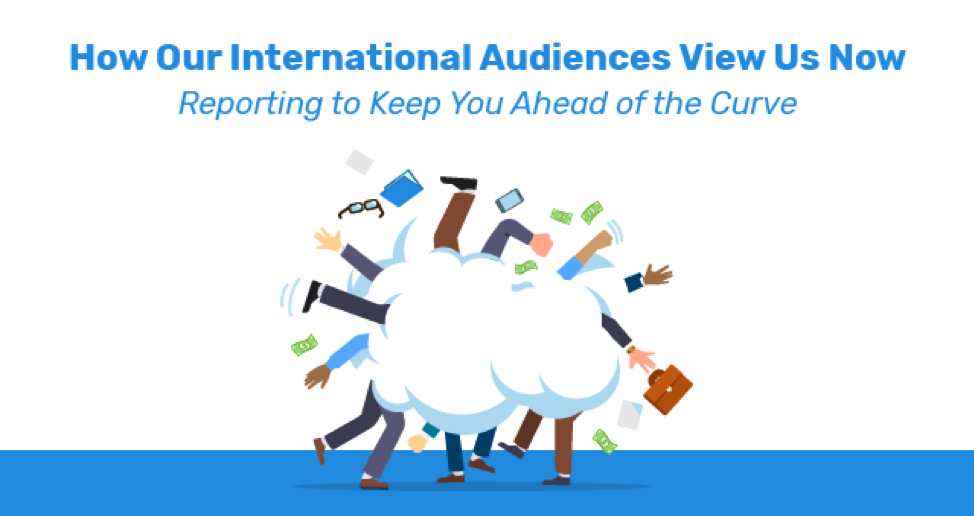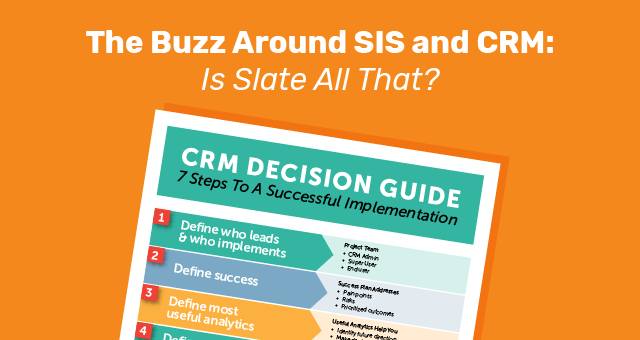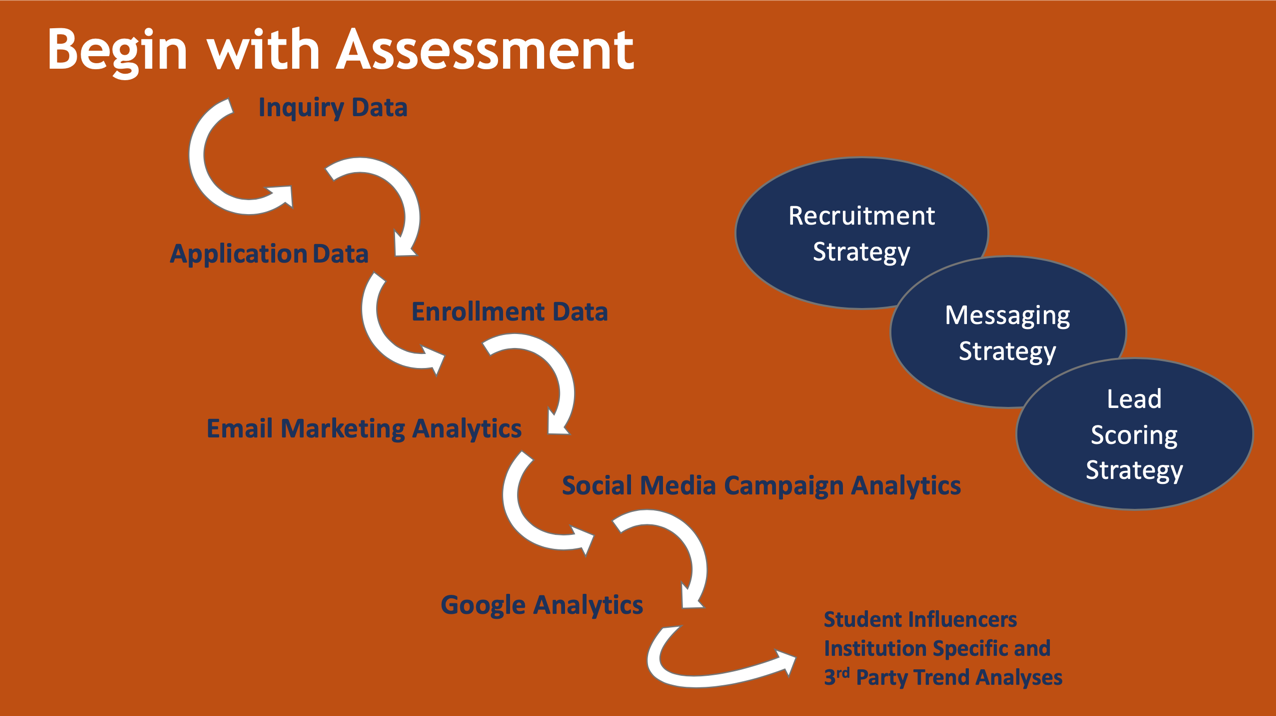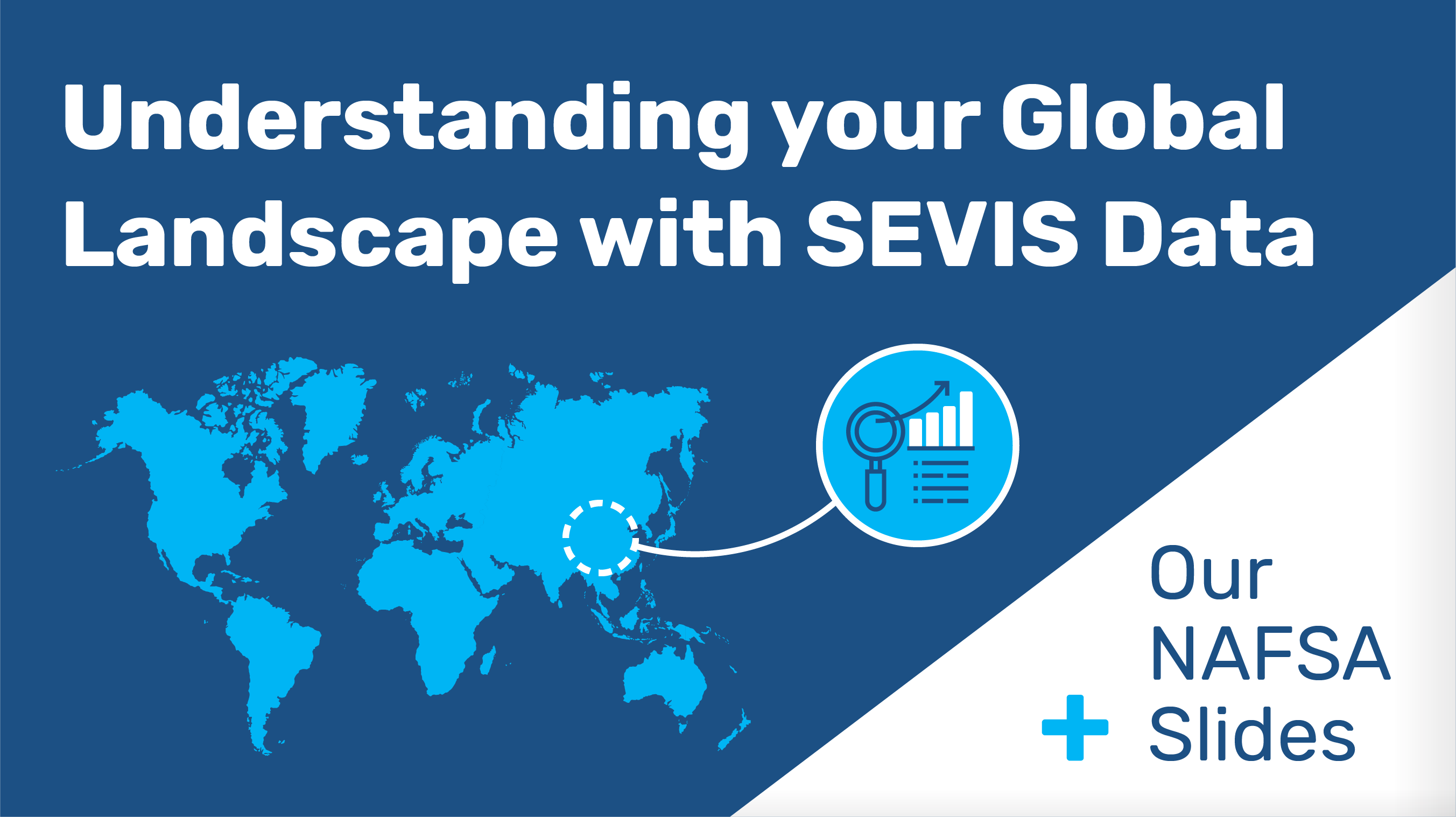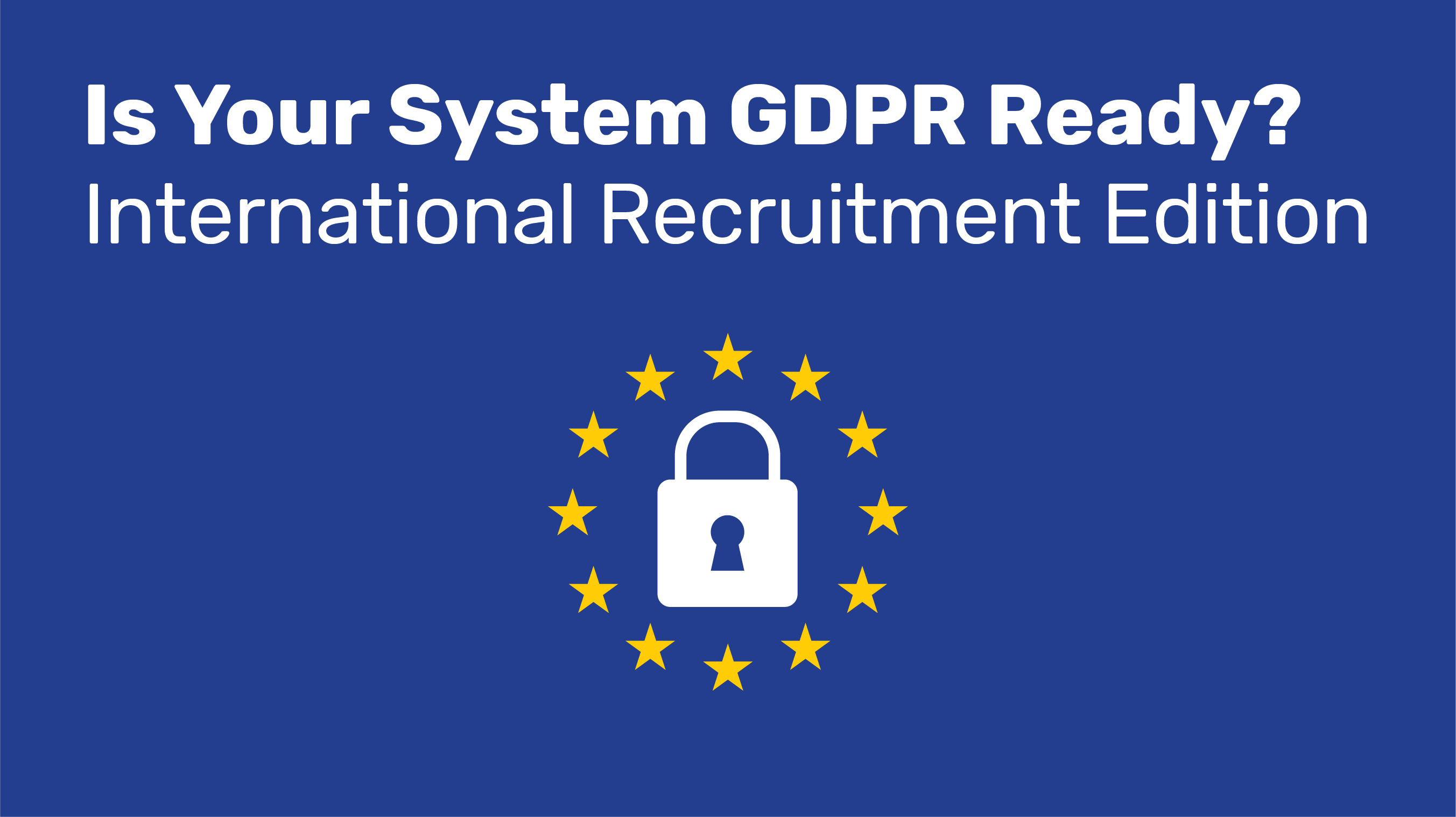With data becoming increasingly available and important to your team’s decision making, there’s more pressure than ever to keep up. New tools, better dashboards, queries—all in the name of working smarter and producing better, more efficient results.
But with all of this data at your disposal, it’s not always easy to identify which information to use and when…or how. At the end of the day, it’s about filtering out the noise and focusing on the KPIs (Key Performance Indicators). But in any given initiative, what are the KPIs and where do you find them? Are they the right ones?
Pro tip: Your first pick at KPIs prior to a new initiative running are often not the ones you end up focusing on once your boots hit the ground. Ongoing refinement is an essential part of the process. Dashboards were meant to be adjusted.
Another key factor: How do you make those data point selections and refinements? And who is doing that all-important data analysis and interpretation?
We’ve seen more teams than we can count create operational data portals using one tool or another, all in the name of deeper insights and more informed strategic planning. However, those “deeper insights” rarely amount to anything more than an overcomplicated dashboard and maybe some slide deck fodder that the rest of the team struggles to understand. Hopefully someone on the team has the gumption to ask the presenter: Is 43% good in that scenario? Do we have any context for that?
You may be wondering why your efforts to make more data-driven decisions don’t always produce the gains you are anticipating (or the gains required by the hefty price tag that many of these data tools and services command.)
NAFSA Update — for those of you attending, Intead sessions to help you move your global enrollment efforts forward:
- Achieving Global Agility: The Flexibility of Global Campus Options
A discussion on the challenges and opportunities of delivering your academic programs at turnkey remote campuses around the world. First-hand experiences will be shared. Tune in: June 4th at 9am EDT
- Going from 0-60: Internationalization
We’ll be talking all things internationalization with David DiMaria, Associate Vice Provost, International Education at University of Maryland, Baltimore County, focusing on how to build leadership buy-in and navigate typically slow-moving internal processes for rapid results. A Tune In Anytime event.
Back to our data discussion...For most organizations, data difficulties begin and end with the lack of a “data culture”, defined by McKinsey & Company in their 2019 Global Survey as “a set of practices that brings together data talent, tools, and decision making so that data become the default support for company operations.”
Sounds simple enough, but in execution, defining, and more importantly, implementing that data-friendly “set of practices” becomes nearly impossible for many teams. Data interpretation skills don't always come naturally to everyone on your team. Data presentation skills are even less common. Decisions on when to use a pie chart vs. a bar chart seem basic enough, but there is a lot more to it if you want the data to inform and motivate your team and impress your leadership.
Read on for three common roadblocks that might be standing in the way of your team’s data approach and what you can do about it.
Read More

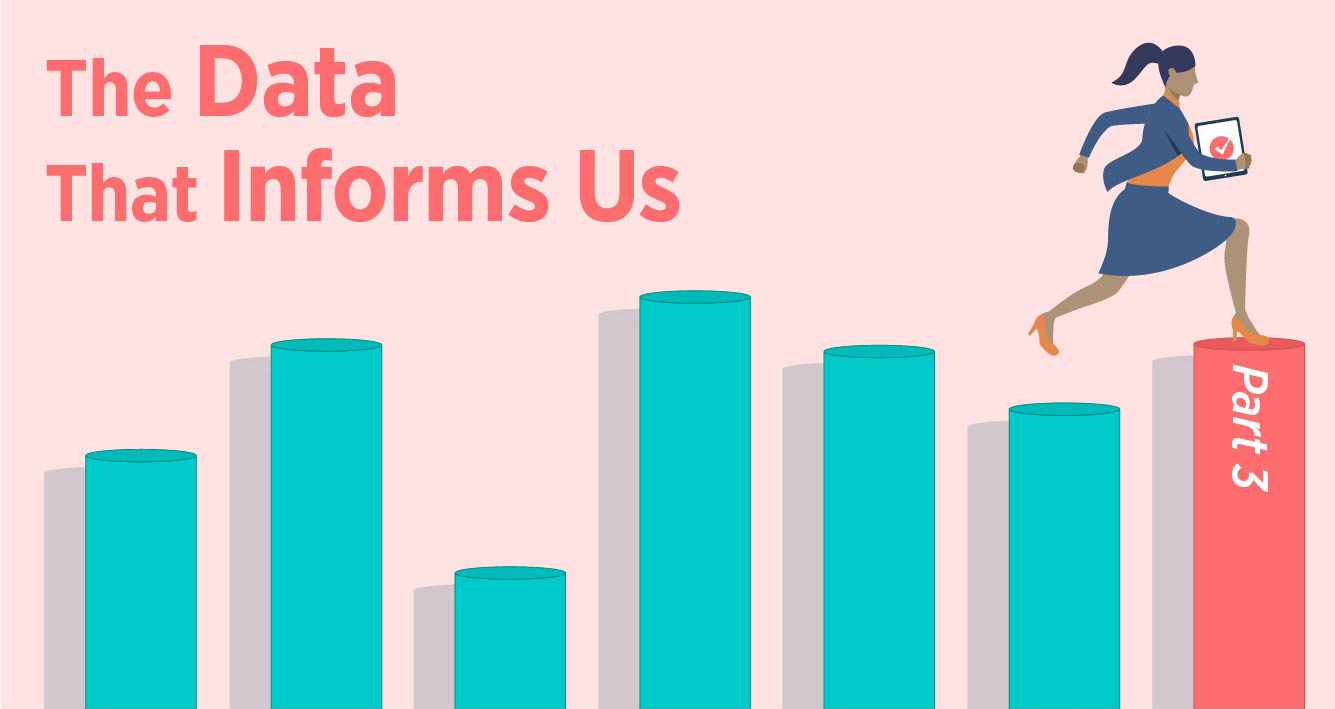
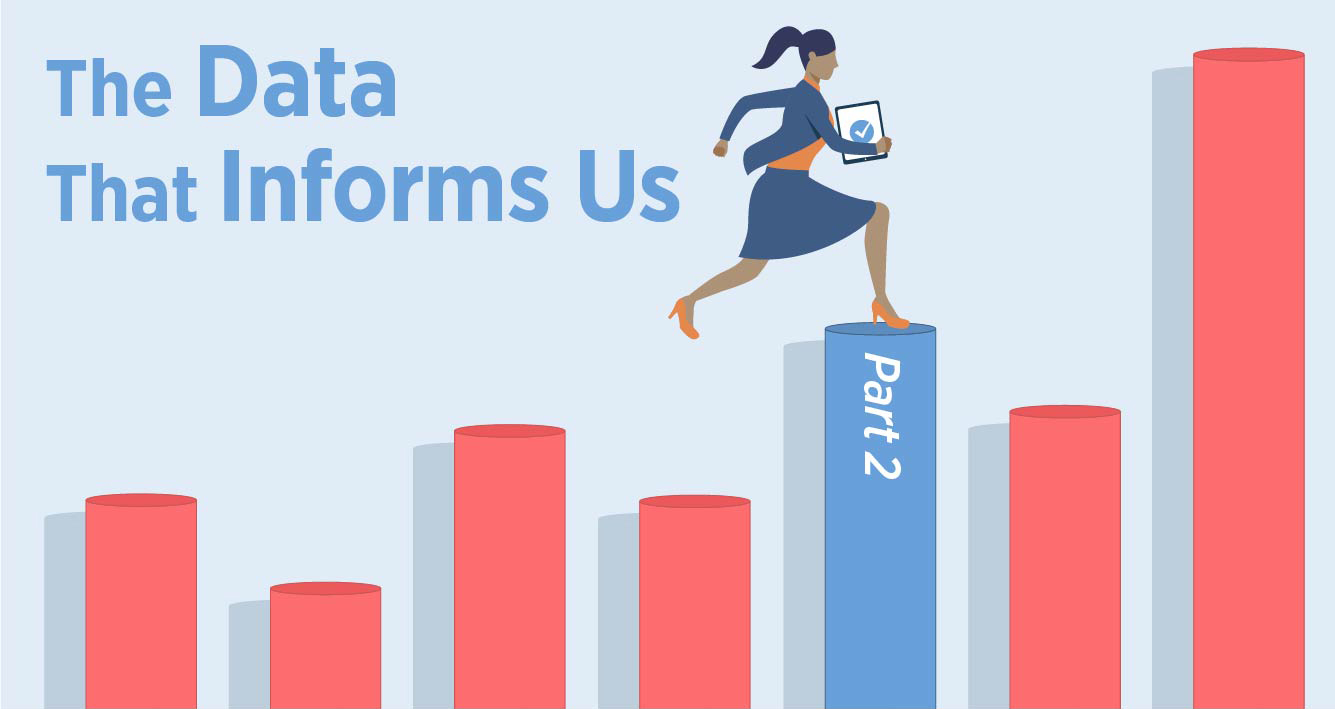
.jpg)

